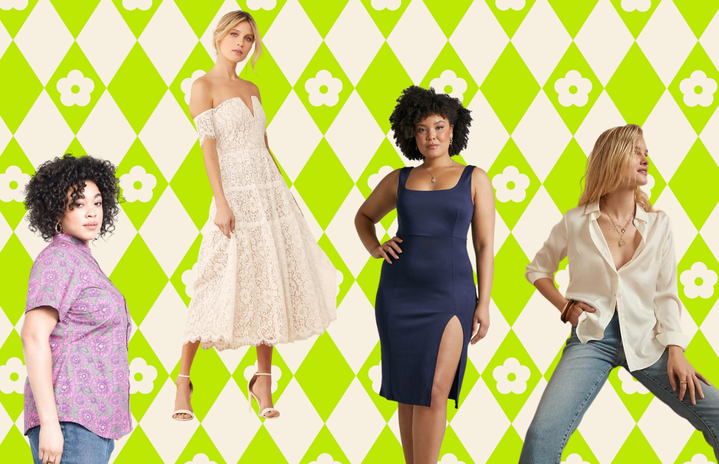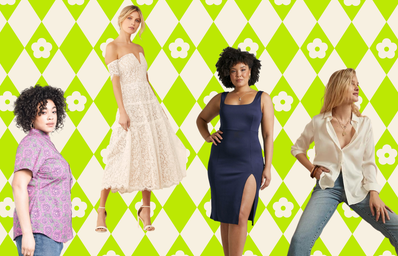How to be a vanilla girl… a clean girl starter pack… products to make you that girl.
I’d be unsurprised if your Pinterest, Instagram, and TikTok are adorned with guides such as these, enticing you with the newest aesthetic or fashion trend. The notion that you can be molded into one type of girl—reducing your whole entity down to one adjective—seems commonplace.
Yet, the ‘girl’ one ought to become is ever-changing. The most desirable descriptor serves as a reflection of the latest internet microtrend. Each type of girl one must assume has a tragically short lifespan.
This starts with the rabid quickening of the 2022 trend cycle. Consider the once widely accepted 20-year rule of fashion trends: what is recognized as popular in fashion now can be expected to re-emerge in approximately 20 years’ time. Yet we’ve recently witnessed the collapse of this notion. Styles from each decade weave in and out of popular fashion at speeds too quick to grasp. While trends of the past spanned over years, the newest trends—a series of microtrends if anything—have a lifespan of one to two months at best.
How has this happened? And what are the implications behind this transformation in the trend cycle? I believe this trend cycle shift prompts two responses in people’s fashion choices:
The first takes shape through a pronounced rejection of microtrends. This stems from a yearning for individuality and unveils itself through over-the-top maximalist fashion. The second is a desire to play into a hyper-curated, short-lived fashion trend, transcending its role as strictly fashion, and becoming an aesthetic that exists to guide one’s lifestyle.
Both responses serve as an act of branding oneself; the first is an act of protest and the second is an act of submission. The maximalist is merely its own niche aesthetic—perhaps a variant of the ‘not like other girls’ girl. Girls are expected to market themselves, one way or the other.
But why do we feel the need to do this? The latter – playing into the hyper-curated aesthetic – has deeply reflected the speed of the trend cycle. The aesthetics shift from ‘clean girl’ to ‘that girl’ to ‘vanilla girl’ and more, practically overnight. But these are not types of girls, merely acts of portraying yourself as one of them. One cannot be entirely a ‘clean girl’ or ‘vanilla girl.’ The best they can do is dress and act the part.
Obviously, we mustn’t condense our entire being to one style of clothes, nor have these clothes serve as a reflection of our life. Curated identities are as dangerous as they are superficial. With clothing posited at the centerfold of identity and aesthetic, the rapid changes may cause one to lose sight of self. Girls feel as though they must constantly change themself, rejecting or accepting the mainstream with complete disregard for their own taste. Take Uggs for instance; I’ve felt the urge to shy away from them out of fear of being basic, but they are genuinely something I love and would like to be comfortable wearing. Aesthetics and your image should never dictate your choices.
Lastly, the consumerist nature of these identities emphasizes the intersection of classism and sexism. To attain the myriads of aesthetics we must constantly be buying. This is not only challenging to afford but a standard that is not replicated for men. Women must always consume to keep up. A girl cannot just be a girl; they are constantly expected to brand themselves to have value. The 2022 trend cycle is merely one reflection of the many ways capitalist society encourages female performance.


